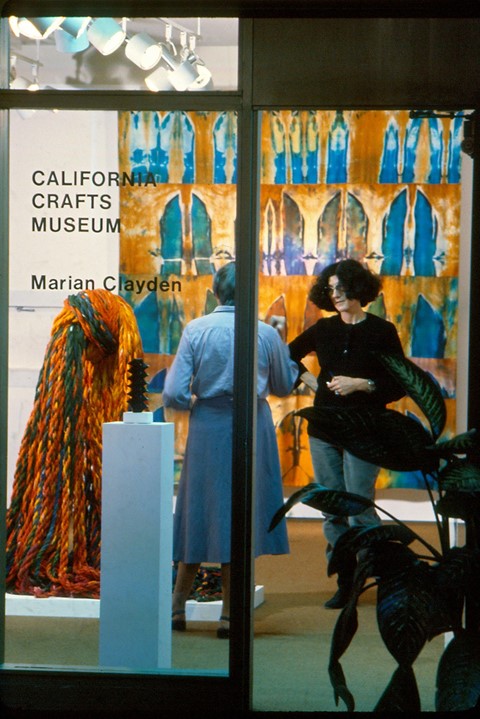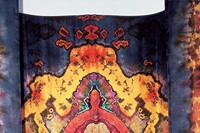The British-born designer transformed a series of kitchen dyeing experiments into a multi-million dollar business, sparking some prevailing 60s trends in the process, details a new exhibition
Who? Textile designer Marian Clayden was born Marian Bolton in 1937 near the industrial town of Preston, in the north of England, where she followed a fairly ordinary trajectory for women of her era, marrying young and training as a schoolteacher before having her first child. She dabbled in making artwork as a teenager, but it wasn’t until she emigrated to Australia at the age of 25 that her practice began to develop – the arrival of her second child not long after her move there prompted her to stay at home, and, remembering a class in cloth-dyeing she had taken in the course of her teacher training, she decided to give it a try at home with the children. What she didn’t anticipate is how quickly she would take to it. “I came to find dyeing fabric to be even more expressive than painting, perhaps because attempting to control all the variables was an exciting challenge,” she once said. “Even though I tried to envision the final result as a painter would, I had to dance with the technique to reach a happy conclusion.” Within the year, Clayden was exhibiting her wall hangings at a gallery in Sydney, and when, a few years later, the family decided to move to California, she quickly found her niche audience.
By 1967, the Clayden family were living in San Francisco, where Clayden’s textile art was extremely well received by the burgeoning hippie movement – her colourful pieces were diffused across the USA through galleries and agents. Her real breakthrough, however, came about when art director Nancy Potts stumbled across her work while sourcing items for the stage musical Hair, a production documenting hippie counterculture and the sexual revolution of the 1960s.
Hair marked a turning point for Clayden. In the early 1970s she began moving away from wall hangings and art pieces and into clothing, spending time in Iran, India and Japan to expand her ideas. So inspired, she mixed silhouettes from different cultures with her own colourful print designs, and employed a team of local seamstresses to manufacture pieces for her. “While I want the garments to be in tune with the mood of the moment, I also want them to go beyond the fashion of today,” she once said. “That's why I combine classical elements from all over the world: the sculpture of the western silhouette, the drape of the oriental kimono, and the wrap of the tropical sarong.” Clayden Inc. became a universal hit and an archetype of the hippie era, and her legacy within the art and textile industries unforgettable.
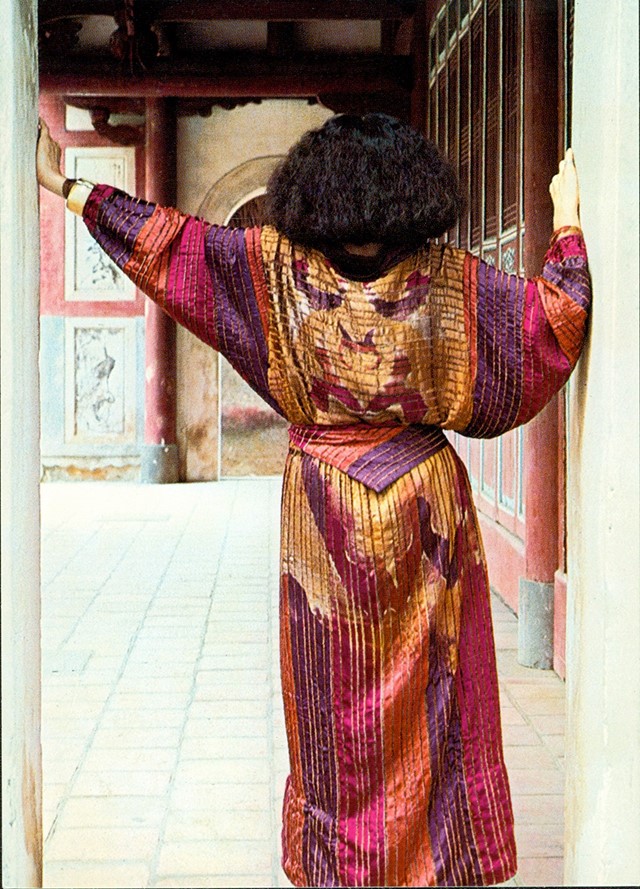
What? Perhaps the most fascinating element of Clayden’s practice is its simplicity. She took uncompleted Japanese shibori dyeing methods, in which fabric is pleated, folded and bound before dyeing to create patterns in the colour, and elevated them with her unique and inimitable ideas to create luxurious textiles in silk, velvet, cotton and felted wool. Later on in her career, this extended to clamping – a similar method, whereby sections of fabric are compressed with clamps before dyeing – and later, when she moved away from hand-printing methods and into more industrial production, a famous 'toaster print' which was created by burning a sandwich maker onto paper for screen-printing.
So popular were Clayden's psychedelic designs that they were worn by the likes of Oprah Winfrey, Elizabeth Taylor and Cher, transforming tie-dye into a multi-million dollar business, and her label, Clayden Inc., saw two decades of success. Even more delightful, though, is Clayden’s approach to her reception – she was gracious and humble above all else, seeking only to continue making her work. “In retrospect I look back and realise that, fortunately for me, the time was right and my work appreciated enough that I was able to pursue my dreams,” she once said.
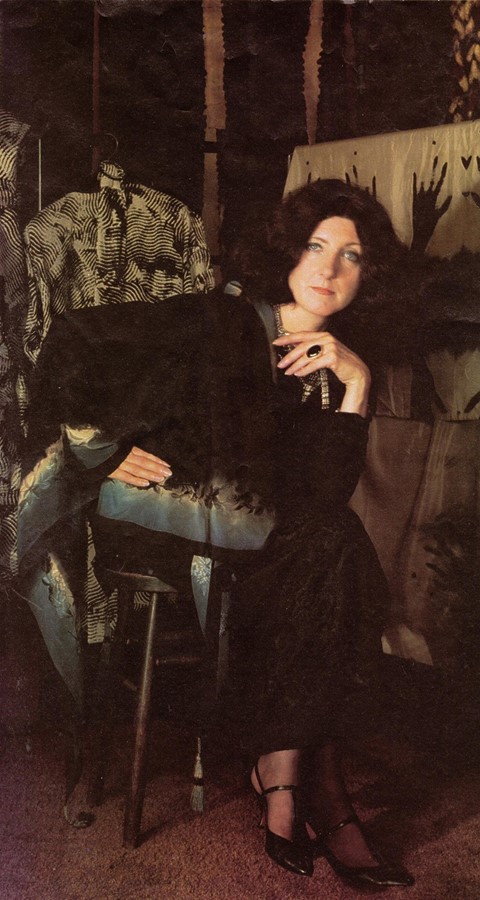
Why? This March, just six months after her sad passing in the autumn of 2015, London’s Fashion and Textile Museum is celebrating Marian Clayden’s impressive legacy, with an exhibition which will place her archive in the limelight deserves. The show will include the psychedelic and bohemian silk wall hangings of the 1960s and 70s, her more unexpected sculptural pieces, and more than 30 pieces from the fashion lines Clayden ran from 1981 to 2004. Most importantly, though, it celebrates a a woman who transformed her housewife experiments in her kitchen into a multi-million dollar business, and made an indelible mark on the fashion and textile industries in the process.
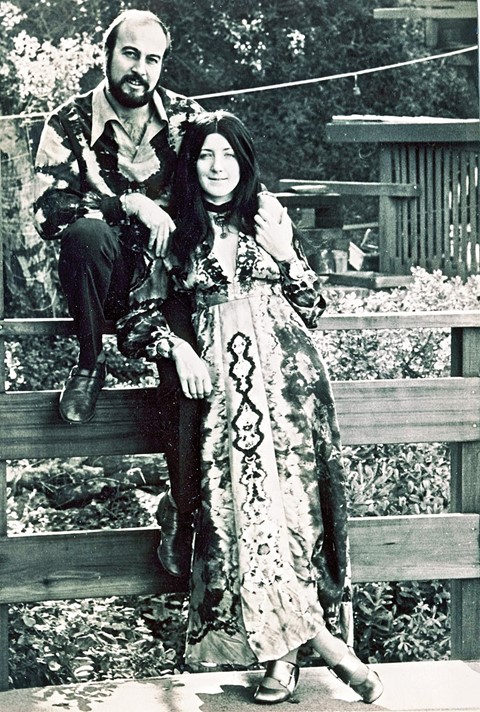
ART TEXTILES: Marian Clayden runs from March 11 until April 17, 2016 at the Fashion and Textile Museum London.
